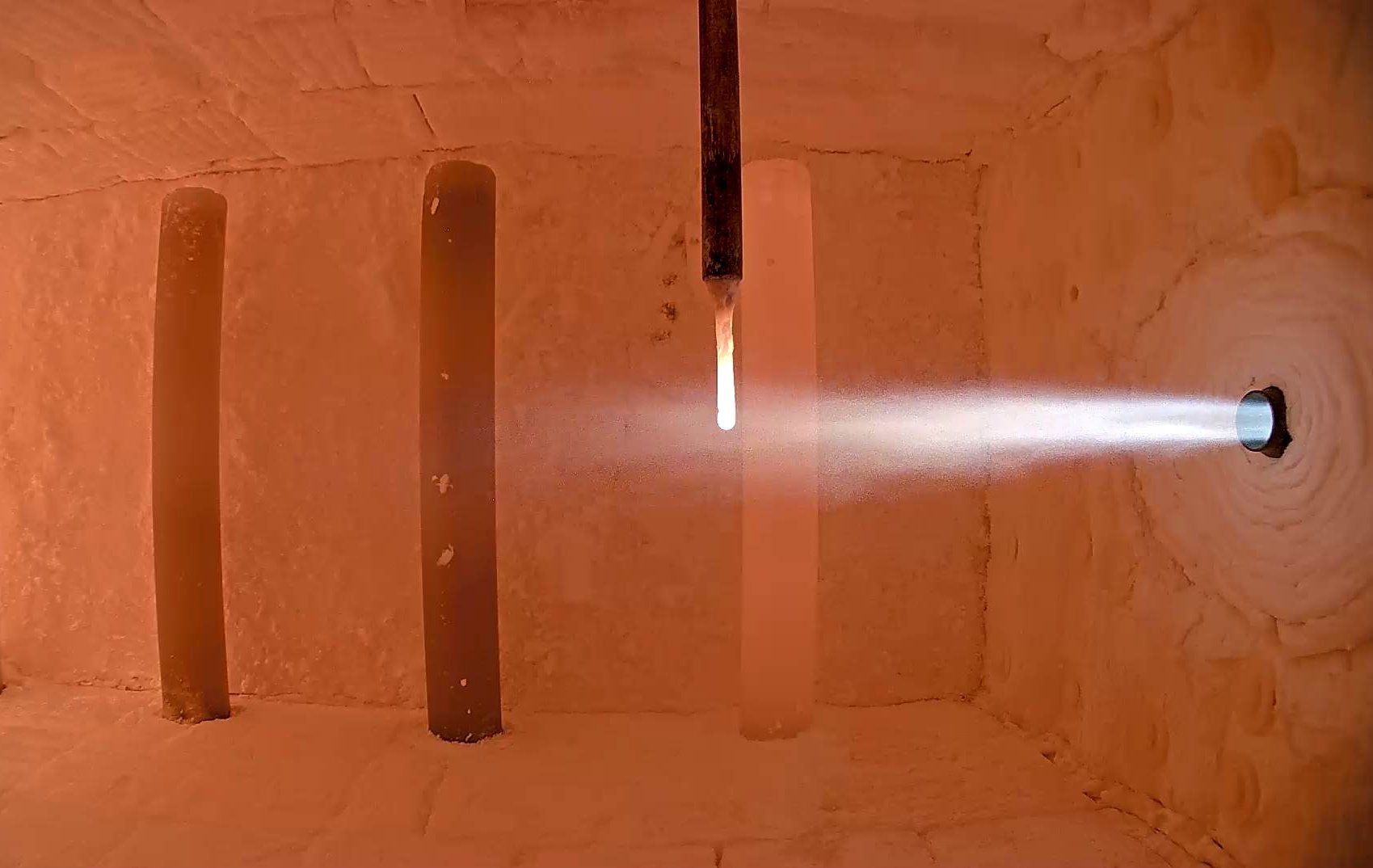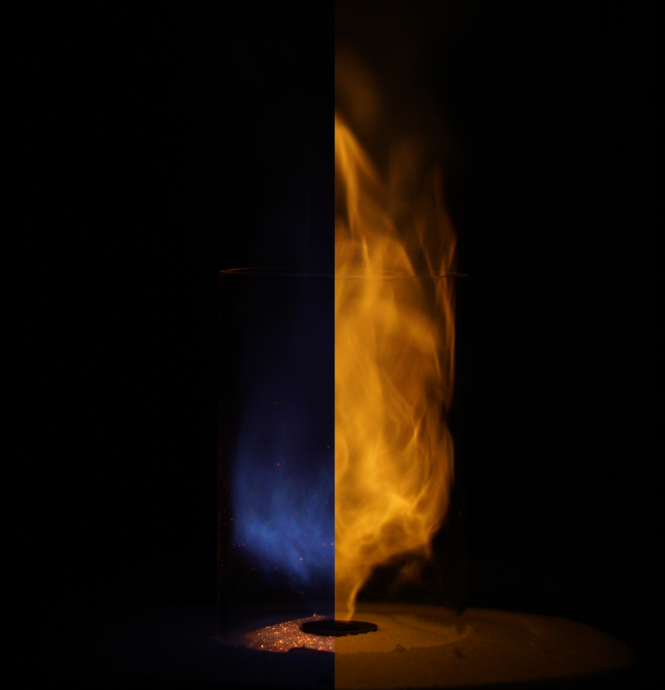

Sie möchten über aktuelle Veranstaltungen des GWI informiert werden?
Melden Sie sich hier kostenlos und unverbindlich zu unserem Veranstaltungs-Newsletter an.

Sie möchten über aktuelle Veranstaltungen des GWI informiert werden?
Melden Sie sich hier kostenlos und unverbindlich zu unserem Veranstaltungs-Newsletter an.

In addition to its role as a hydrogen derivative, ammonia has significant potential as a CO2-free fuel for decarbonizing decentralized energy-intensive industrial sites.
As a fuel gas, ammonia is a novel concept. GWI’s modern experimental infrastructure and simulation software provide a solid foundation for scientific and applied research on this topic.
2D field measurement of an ammonia-hydrogen-air combustion under semi-industrial conditions; © GWI

As part of the decarbonization efforts, the use of renewable fuel gases such as hydrogen or synthetic natural gas (SNG) presents a promising option for replacing fossil fuels in thermal process plants. In addition to hydrogen as a carbon-free energy carrier, ammonia (NH3) is increasingly gaining attention as a potential fuel for combustion processes. While ammonia offers significant advantages over hydrogen in terms of liquefaction, storage, and transport it also presents various technical challenges due to its unfavorable combustion characteristics and high potential for NOx formation. To conduct practical investigations into ammonia combustion, the experimental infrastructure at GWI was upgraded both in terms of measurement capabilities and safety equipment. Currently, firing rates of up to 160 kW in pure ammonia operation ican be achieved, with plans to increase the maximum firing rate to around 300 kW by early 2024. Furthermore, the existing infrastructure enables the production of fuel gas blends consisting of natural gas, CO2, H2, N2, CO, C3H6, and NH3.
Through an early commitment on this increasingly relevant energy policy topic of direct ammonia utilization, GWI has developed a solid expertise in both experimental and theoretical work in recent years.